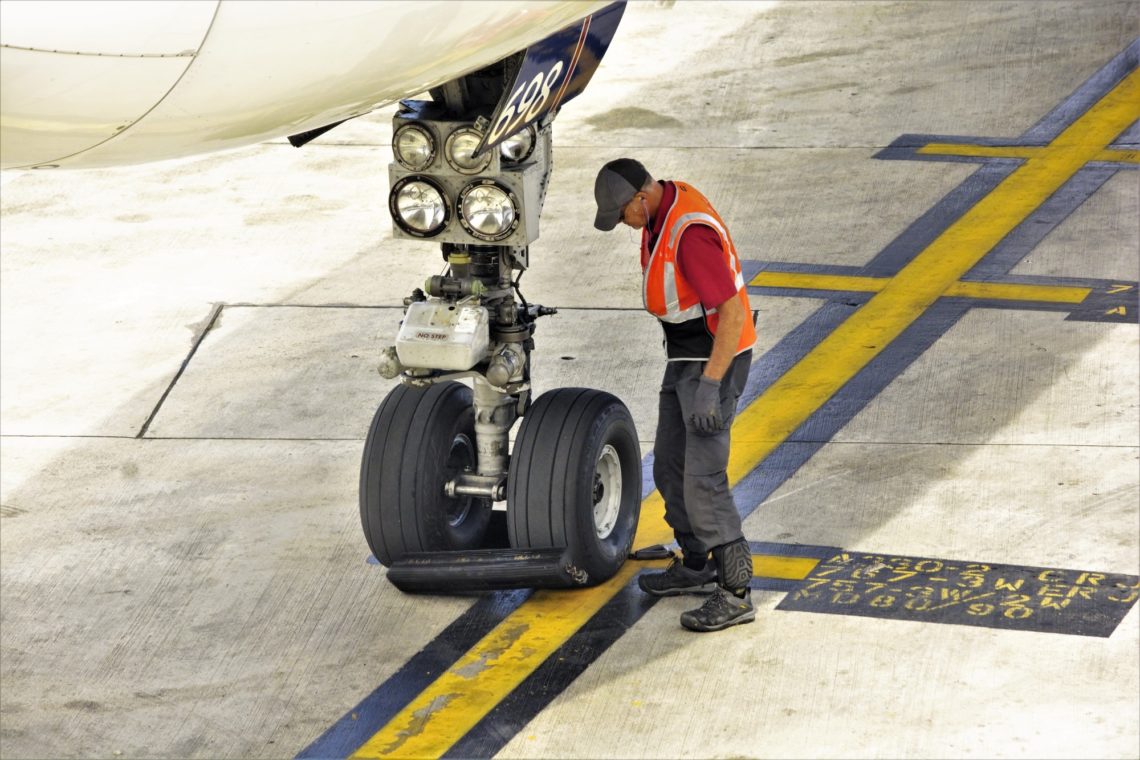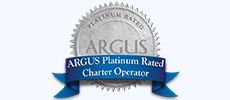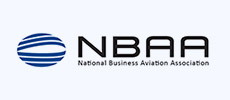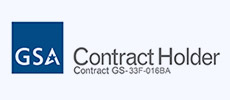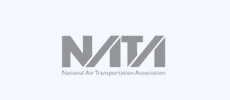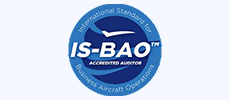Are you looking to improve your aircraft management but are not sure where to start? Aircraft management can be a complex and daunting task.
Without the right tools and processes in place, aircraft management can quickly become overwhelming and inefficient.
In this article, you will learn about some of the most popular tools and processes associated with aircraft management services.
We’ll also provide tips on how to get the most out of these services so that you can maximize the efficiency of your aircraft management process.
Read on for more details:
Efficiency Is Key
It is important to manage aircraft efficiently. This means minimizing costs and following safety protocols.
Efficient aircraft management means having a plan to keep the aircraft running well and keeping it safe.
This includes regular jet maintenance and inspections to avoid expensive repairs or accidents. It also includes training staff so they know how to operate the aircraft safely.
You Must Have an Effective Maintenance Program
A good aircraft maintenance program is a critical component of aircraft management. Regular inspections and timely repairs are essential to keep aircraft functioning well.
But it also helps to prevent costly downtime and unforeseen breakdowns.
Additionally, having records of regular maintenance can help aircraft operators. It highlights upcoming problems before they become big issues. This way, they can take quick action to avoid expensive repairs or replacement of parts.
A well-maintained aircraft is also safer and will have higher resale value should it be put up for sale in the future.
It is a good idea to invest in a program that will keep your airplane in good condition. This investment will pay for itself many times over.
Budgeting and Cost Control
A proactive aircraft management service is essential to ensure operational efficiency and cost control. Setting up an accurate record of operating costs, such as fuel and maintenance, helps identify where savings can be made.
If you use these strategies for budgeting and controlling costs, it will lead to better performance for your aircraft. But will also save money for the aircraft’s owner.
Utilizing these strategies of budgeting and cost control will eventually lead to increased aircraft performance and monetary savings for aircraft owners.
Safety
Safety is important when it comes to aircraft management. You need to have a good safety program that includes things like preflight checks and training sessions for pilots.
This will help you keep your operation safe. Additionally, conducting regular risk assessments can help you anticipate potential issues before they arise.
Let’s take a step-by-step look at the process:
Step 1: Establish a Maintenance Program
Aircraft management means making sure an aircraft is safe and running well. To do this, you need to have a plan that includes regular check-ups and repairs.
It is important to keep track of the inventory of parts and repair records. That way, you can quickly identify any needed repairs or replacements.
Running these tests and checks helps keep the aircraft working well. They also help us track how much it is used and how it is wearing down. This helps us find potential problems before they become big issues.
A good aircraft management program involves having reliable systems in place. These are to identify issues before they turn into major costs or safety concerns.
Step 2: Implement a Budgeting and Cost Control System
It is important to have a budgeting and cost control system to help your company be successful. This is especially true for transportation companies.
All money spent on things like gas, car repairs, and taxes should be tracked. This will help you know where you are wasting money or where you could save money.
Without an accurate picture of all these costs, it can be difficult to stay within budget and plan for future investments.
If you keep an eye on things and figure out what is not working, you can fix it before it becomes a big problem.
Step 3: Develop an Effective Safety Program
The most important part of aviation organization safety is making sure that there are effective safety procedures in place. This includes things like making sure that pilots do a thorough check of the plane before taking off.
It is important to always try to identify dangerous situations and figure out ways to avoid them.
But it also includes conducting detailed risk assessments whenever possible to identify and mitigate potentially hazardous situations.
These procedures help make sure that everything about aviation organizations and their guidelines is safe and secure. This includes the planes and the people who work with them.
If you have a good safety program, it can help stop bad things from happening to airplanes. This could save many people’s lives.
Step 4: Stay Informed on Regulatory Guidelines, Taxes, and Fees
Aircraft management involves more than just aircraft maintenance, it also involves keeping updated on the regulations, taxes, and fees associated with aircraft management.
Staying informed is critical, as changes in this area can have an effect on expenses. Making sure the aircraft and its operations are compliant is a key part of aircraft management and can save aircraft owners time and money.
Taking the time to stay up-to-date on any changes in regulations or associated costs can help aircraft managers avoid costly mistakes down the line.
Step 5: Monitor the Performance of Your Fleet Regularly
For aircraft management to be successful, it is essential that you monitor the performance of your fleet on a regular basis. This will help you identify potential maintenance issues before they worsen; saving time and money.
Additionally, with regular maintenance tracking and aircraft inspections, you can ensure your aircraft are running at optimal levels and regularly meet safety standards.
All of these factors play an important role in aircraft safety and should not be overlooked when responsible aircraft management is the goal.
Ready to Step up Your Aircraft Management?
Implementing a few tips on aircraft management can help you manage your fleet better. But also keep costs down, and make everything more efficient.
As with any business, learning the fundamentals and finding what works best for you will help make your life easier and more efficient. If you want more information on aircraft management check out our blog today!

